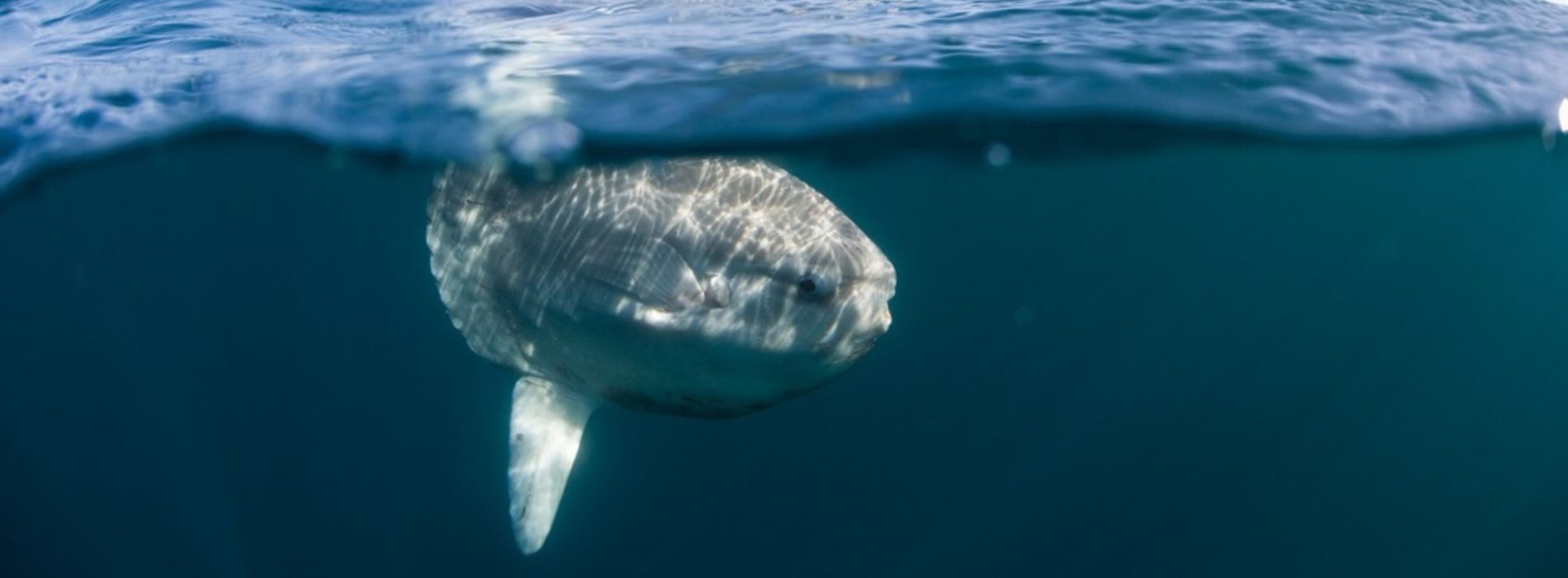1. Intro
The ocean sunfish, scientifically known as Mola mola, is a fascinating creature that captivates both researchers and nature enthusiasts. These majestic giants, also known as common molas, belong to the family Molidae and are one of the largest bony fish in the world. With their unique appearance and intriguing behaviors, they have become a subject of wonder and awe. In this article, we will delve into the world of sunfish, exploring their taxonomy, physical characteristics, distribution, feeding habits, life cycle, conservation status, and their interactions with humans.
2. Documentary
Table of Contents
- Intro
- Documentary
- Name and Taxonomy
-
Physical Description
- Body Structure
- Size and Weight
- Distribution and Habitat
-
Feeding Habits
- Diet Composition
- Unique Feeding Adaptations
-
Life Cycle and Reproduction
- Egg Production
- Growth and Development
-
Behavior and Adaptations
- Swimming Patterns
- Sunbathing Behavior
-
Conservation Status and Threats
- Vulnerable Status
- Human Impact
-
Interactions with Humans
- Cultural Significance
- Ecotourism and Research
- Our last words
3. Name and Taxonomy

The name "sunfish" is derived from the fish's habit of sunbathing at the surface of the water. In Latin, mola means "millstone," referring to the fish's gray color, rough texture, and rounded body shape. The scientific name, Mola mola, was given by Carl Linnaeus in his 1758 book, the 10th edition of Systema Naturae. They are part of the order Tetraodontiformes, which includes other unique fish species such as pufferfish and filefish.
4. Physical Description
Body Structure
The common mola has a distinctive flattened body shape, resembling a fish head without a tail. When viewed head-on, its body appears long and oval. The pectoral fins are small and fan-shaped, while the dorsal and anal fins are elongated, giving the fish a height equal to its length. The tail fin is replaced by a rounded clavus, creating their characteristic truncated shape.

Size and Weight
The adult can reach impressive sizes, with an average length of 1.8 meters (5 ft 11 in) and a fin-to-fin length of 2.5 meters (8 ft 2 in). The weight of mature individuals can range from 247 to 1,000 kilograms (545 to 2,205 pounds), although larger specimens have been recorded. The maximum size ever recorded for a sunfish is 3.3 meters (10 ft 10 in) in length and 2,300 kilograms (5,100 pounds) in weight.
5. Distribution and Habitat

Sunfish can be found in both tropical and temperate waters around the world, inhabiting all major oceans. They are known to frequent coastal regions, but they can also venture into open waters. They are often spotted near the surface, basking in the sunlight. They have been observed in regions such as the Atlantic Ocean, Pacific Ocean, Indian Ocean, and the Mediterranean Sea. Their unique adaptation to a wide range of temperatures allows them to thrive in various marine environments.
6. Feeding Habits
Diet Composition
The mola mola are opportunistic feeders and have a diverse diet. While they were previously thought to primarily consume jellyfish and salps, recent studies have shown that these make up only a small portion of their diet. Sunfish are actually generalist predators, feeding on a variety of prey including small fish, fish larvae, squid, and crustaceans. Their diet varies depending on the availability of food in their environment.

Unique Feeding Adaptations
To capture their prey, the common mola have developed specialized feeding adaptations. They possess a unique dentition, with four fused teeth that form a beak-like structure. This beak allows them to crush the hard exoskeletons of their prey. They also have a protrusible mouth, which they can extend forward to engulf their prey. This flexibility enables them to capture fast-moving prey and consume larger organisms.
7. Life Cycle and Reproduction

Egg Production
Female mola mola have an extraordinary reproductive capability, producing more eggs than any other known vertebrate. A single female can release up to 300 million eggs during the breeding season. These eggs are small and transparent, measuring around 1.5 millimeters in diameter. After fertilization, the eggs are released into the water column, where they drift and develop.
Growth and Development
The mola mola eggs hatch into larvae known as fry. These tiny fry have large pectoral fins, a tail fin, and body spines, resembling miniature pufferfish. As they grow, the fry undergo significant changes in body shape and develop the characteristic flattened appearance of adult sunfish. Their growth rate is relatively slow compared to other fish species, with maturation taking several years.
8. Behavior and Adaptations

Swimming Patterns
These fishes are known for their slow and leisurely swimming style, often floating near the water's surface. They are capable of diving to considerable depths but typically prefer to stay in the upper layers of the water column. The commom mola can also exhibit vertical migration patterns, moving between different water depths throughout the day to regulate their body temperature and search for food.
Sunbathing Behavior
One of the most iconic behaviors of the common mola is their tendency to sunbathe near the surface of the water. This behavior serves multiple purposes, including thermoregulation and parasite removal. By exposing their large body surface area to the sun, sunfish can warm themselves and increase their metabolic rate. Sunbathing also attracts seabirds, who assist in removing parasites such as fish lice and copepods.
9. Conservation Status and Threats

Vulnerable Status
The mola mola is currently classified as a vulnerable species by the International Union for Conservation of Nature (IUCN). Its population is declining due to various threats, including overfishing, entanglement in fishing nets, habitat degradation, and pollution. The slow reproductive rate and slow growth of sunfish make them particularly susceptible to population declines.
Human Impact
They are frequently caught as bycatch in gillnets and other fishing gear. They are also targeted for their meat and fins in certain regions. In some countries, such as Japan and Taiwan, sunfish are considered a delicacy. The European Union has implemented regulations that ban the sale of fish and fishery products derived from the Molidae family, including this fish. Conservation efforts are underway to protect the common mola populations and raise awareness about their importance in marine ecosystems.
10. Interactions with Humans

Cultural Significance
The mola mola hold cultural significance in various regions around the world. In Japan, they are associated with good fortune and are believed to bring luck to fishermen. In Korean folklore, they are considered to be messengers of the sea god. This creature have also become popular attractions in ecotourism, drawing visitors who are fascinated by their unique appearance and behaviors.
Ecotourism and Research
Given their large size and distinctive appearance, the common mola have become a subject of interest for researchers, divers, and wildlife enthusiasts. Many coastal regions offer snorkeling and diving tours to observe them in their natural habitats. These experiences promote awareness and connection with marine ecosystems, fostering a sense of responsibility for their conservation.
11. our last words
The sunfish, with its remarkable physical characteristics and intriguing behaviors, continues to captivate and inspire. These majestic giants of the ocean remind us of the wonders that lie beneath the waves. However, their vulnerable status highlights the urgent need to protect and conserve these magnificent creatures. By understanding and appreciating the unique qualities of mola mola, we can work together to ensure their survival and safeguard the health of our oceans for future generations.
If you would like to find out more about the different types of fish in the ocean, visit here !
We hope you've liked this article about the sunfish!
Feel free to subscribe to our private newsletter to receive more exclusive article. You will also receive a 10% bonus discount for our sea world catalogue. You will be notified via email whenever we release a new wonderful jewelry piece of the ocean.
Feel free also to go check out our website, we provide the best sea content and we offer you the best nautical jewelry all around the globe !





















